The Tower of London is one of the darkest monuments I ever visited, even after growing up in Rome where quite a lot of gruesome murders have been committed in the last two thousand years. The Tower is located, rather curiously, amid modern buildings and next to the City’s sleek skyscrapers and it almost seems dull from afar. Nothing could be farther from the truth: treason, murders and executions—the stone walls of the Tower of London have seen it all.
Built by William the Conqueror after his famous victory at Hastings in 1066, it originally rested on the huge defensive Roman wall, known as London Wall. A wooden castle was first erected, but it was eventually followed in 1079 by a great stone tower – the “White Tower” –, which formed the heart of what became later known as the Tower of London. Although it was founded as a royal residence and a fortress, the monument took on a number of other surprising roles. In 1204 for instance, it was established as a royal menagerie. However, a couple of wild animals are not the reason for the Tower’s black legend. Blood soaks the place: mothers beheaded for the sins of their sons, three Queens executed and the presumed murder of two young princes by their ambitious uncle. Rumour says that the Tower of London is one of the most haunted places in all of Great Britain: here are nine ghosts that roam its corridors.
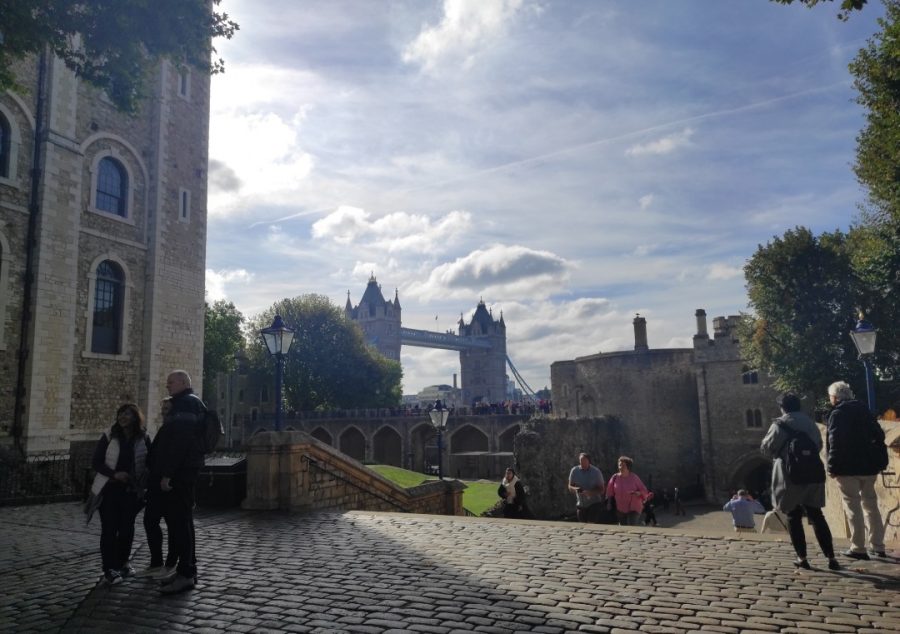
The ghost of a bear
Yes, this is a rather surprising one. Henry III housed his wild animals’ menagerie in the Tower of London, including lions gifted from the Holy Roman Emperor Frederick II in 1235, as well as jackals, pumas, elephants, tigers and even a polar bear. Numerous visitors came to the Tower to see the whole menagerie, especially as bear baiting became a popular pastime in the 16th and 17th century. The echoes of the cruelty displayed on those poor creatures are rumoured to be still heard today. In fact, the ghost of a wailing bear is said to appear in the Jewel Room, almost like a spectral guard to the Crown Jewels.
Henry VI
In 1461, at the dawn of the War of the roses, Henry VI was deposed and imprisoned in the Tower of London by his ambitious nephew, future King Edward IV. During the night of the 21 May 1471, Henry was murdered at the altar in the Kings’ Private Chapel. Henry’s ghost is believed to haunt the Wakefield Tower, where he was imprisoned, appearing on the stroke of midnight. However, Henry is to be thanked for founding some of the UK’s most prestigious educational institutions, like Eton, King’s College in Cambridge and All Souls College in Oxford.
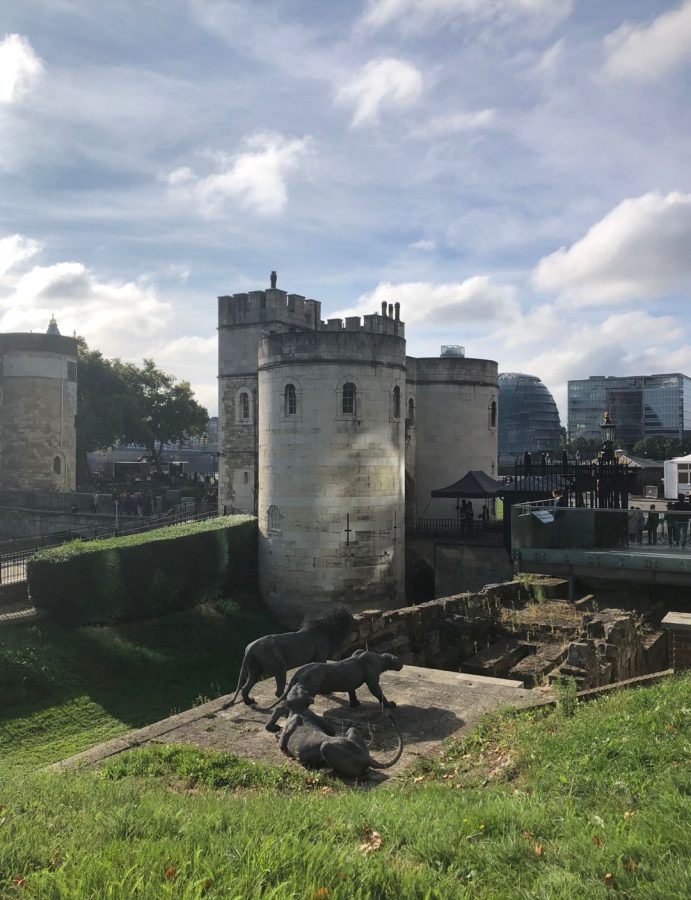
Guy Fawkes
After plotting to assassinate James I at parliament in 1605, Guy Fawkes was taken to the Tower of London. Days of cruel torture on the rack of the White Tower dungeons and imprisonment in the Queen’s House broke his mind and body. Centuries after his brutal passing, screams continue to echo in the dungeons. Can you hear them?
Sir Walter Raleigh
Sir Raleigh was a regular of the Tower of London. Imprisoned there no less than three times, explorer Sir Walter Raleigh was incarcerated both by Elizabeth I and James I, spending over 13 years in the Bloody Tower during one confinement. Sir Raleigh’s last imprisonment in the Beauchamp Tower took place in 1603, before he was beheaded in front of Westminster palace. But his ghost is still said to haunt the Tower.
Anne Boleyn’s procession
As ghost stories go, there are few as spooky and tragic as Anne Boleyn’s. When Henry VIII divorced from the Roman Catholic Church – no pun intended – he left Katherine of Aragon to promptly wed Anne Boleyn as his second wife. Just three years later, Anne was accused of adultery and taken by barge along the River Thames, through the chilling Traitors’ Gate to the Tower of London. Anne was beheaded in Tower Green and buried in the Chapel Royal of St. Peter ad Vincula, namely the Tower of London’s parish Church. Three centuries later, a Yeoman Warder reported seeing a light flickering in the Chapel. After climbing to a window, the soldier saw a procession of ladies and knights, led by a headless Anne Boleyn. In 1864, another Yeoman witnessed a ‘whitish, female figure’ in the Tower. Chillingly, this creature appeared in the courtyard where Anne Boleyn was executed.
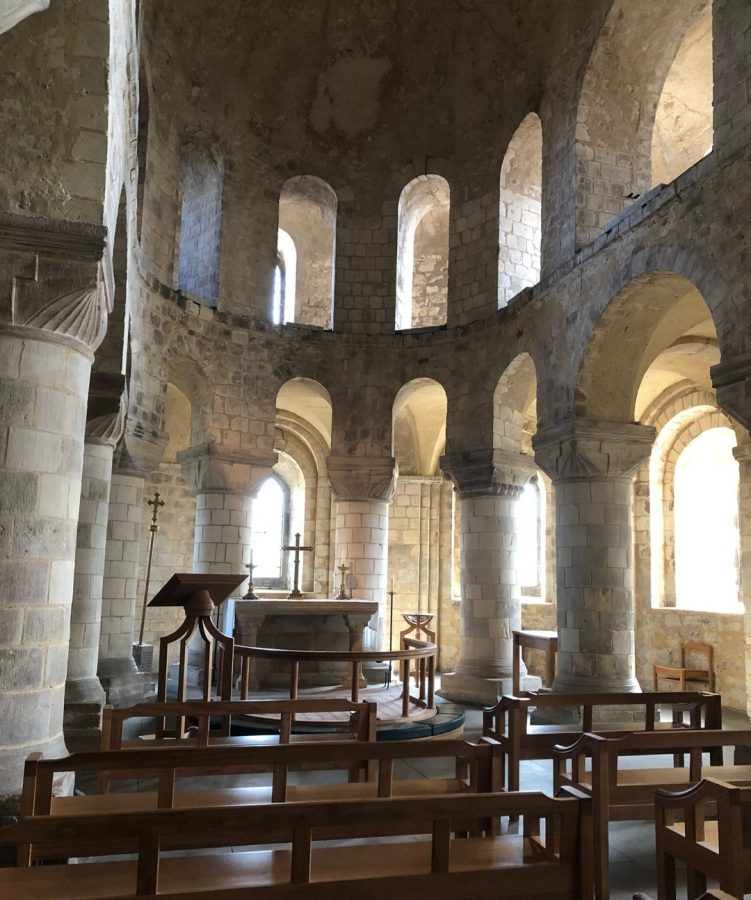
Margaret Pole
Like Anne Boleyn, Margaret Pole, Countess of Salisbury was beheaded on Tower Green, on the west wing of the White Tower. Executed in 1541 by Henry VIII for the crime of being the mother of Cardinal Pole, who refused to acknowledge the King’s self-created position as Supreme Head of the Church of England. Margaret Pole was 67 when she died. Worse, witnesses say that the executioner was a “wretched and blundering youth” who, failing to perform a clean beheading with his axe and had to hit Margaret’s neck multiple time before she died. Her strangled screams continue to echo in the Tower Green.
Lady Jane Grey
The English Queen with the shortest reign, Lady Jane Grey came to the throne after the death of King Edward VI, son of Henry VIII. Edward named Protestant Lady Jane Grey as his heir in his will, ignoring his half-sister, Mary. However, “bloody Mary” did not accept the dying king’s decision. On Edward’s death, the 6 July 1553, Lady Jane Grey became Queen for just 9 days before the council decreed that Catholic Mary was England’s true ruler. Lady Jane Grey was thus executed in 1554 on the infamous Tower Green. Jane’s white silhouette is said to haunt the battlements of the Tower of London to this day.
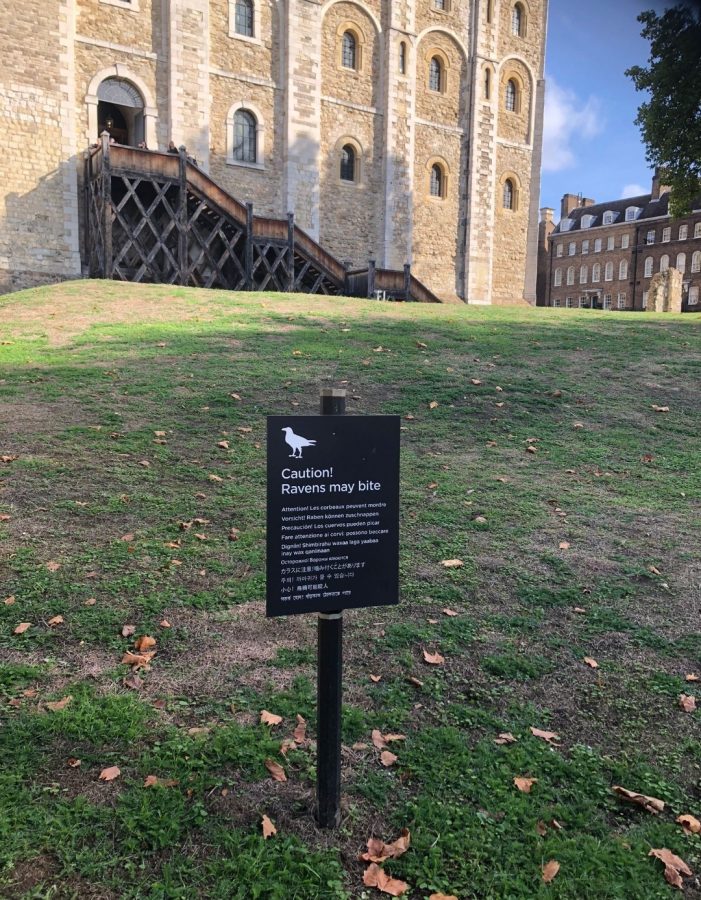
Arbella Stuart
Arbella Stuart died for love. Cousin to Elizabeth I, Arbella was imprisoned by James I for marrying William Seymour, Lady Jane Grey’s nephew, without Royal consent. As this match constituted a threat to his power, James placed Arbella under arrest at the Tower, in the Queen’s house, where she refused to eat and died of starvation. You can’t live on love alone.
The lost princes
When Edward IV died in 1483, his 12-year-old son became King Edward V under the supposed protection of his uncle, the Duke of Gloucester. Wanting the throne for himself, the Duke imprisoned Edward and his younger brother Richard in the Tower of London, declaring young Edward illegitimate. Richard and Edward and were never seen again, and are believed to have been murdered by order of their uncle. A few years ago, the skeletons of two children were found beneath a staircase in the Tower of London.
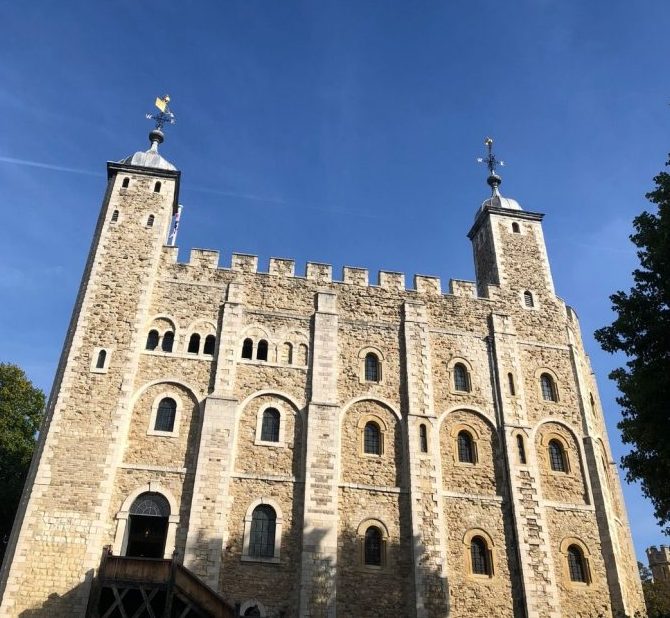
That concludes my gruesome and ghostly history tour of the Tower of London! Why not visit the Tower of London and see if you can spot any of its many ghosts?




